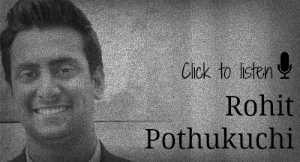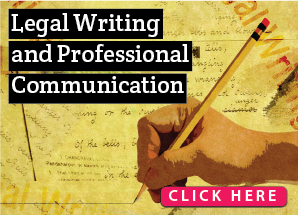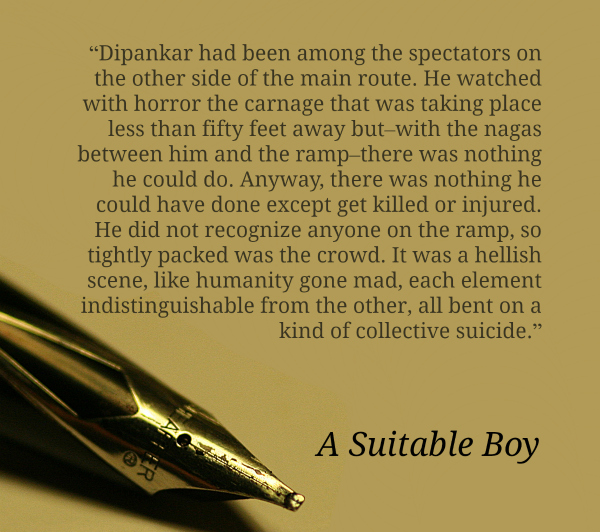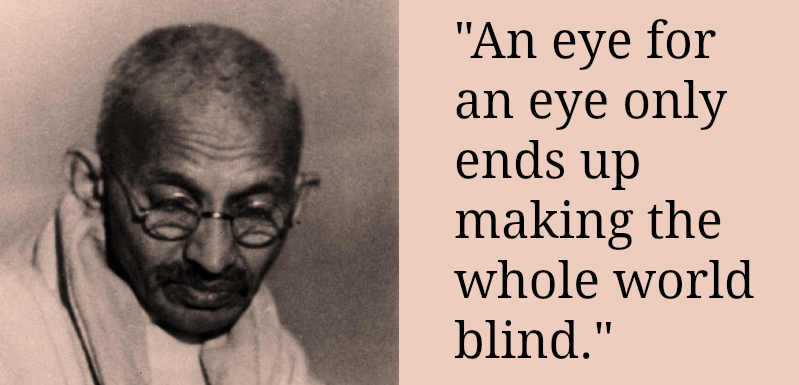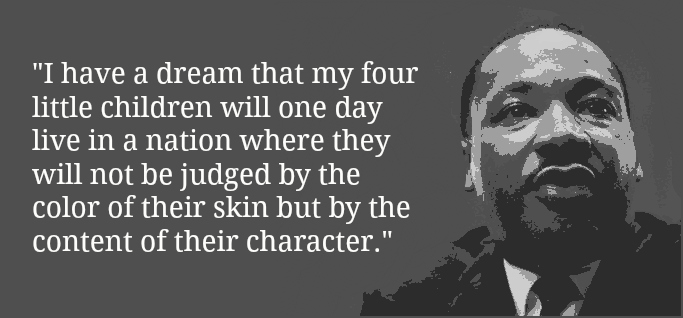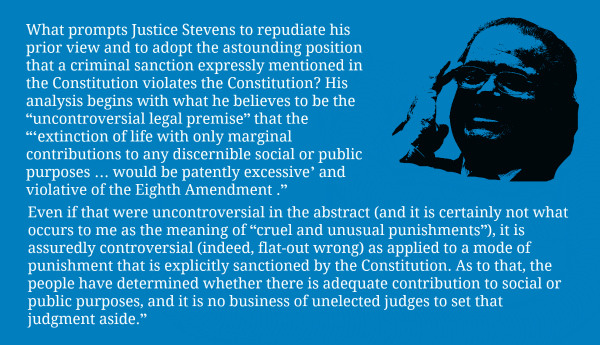 Let’s say you are the CEO of ABC Limited, a multinational company. You have had oral discussions with the CEO of Apples Pte, a non-resident company that, in a highly lucrative deal, wants to invest in your company. While you do not want binding documents to be signed at this stage, you would like some kind of documentary proof that this deal is being negotiated. What would you do?
Let’s say you are the CEO of ABC Limited, a multinational company. You have had oral discussions with the CEO of Apples Pte, a non-resident company that, in a highly lucrative deal, wants to invest in your company. While you do not want binding documents to be signed at this stage, you would like some kind of documentary proof that this deal is being negotiated. What would you do?
Ideally, both parties would sign a Memorandum of Understanding (“MoU”). In all commercial transactions, initial discussions between parties are usually followed by the execution of a document that lays out the preliminary intention of the parties to enter into a deal. This document is termed a MoU, a term sheet, or a letter of intent — terms are often used interchangeably in commercial transactions.
At first glance, a MoU looks like a simple document. Drafting the MoU however, is one of the most important steps in the transaction. This is because it serves as the basis for more detailed legal documents. It thus lays the groundwork for a transaction and ensures that the parties agree on all major issues, thereby reducing the possibility of a misunderstanding.
 While drafting a MoU, always ensure that you specify the correct name and description of the parties. If this is not done, it is a clear loophole that may allow either party to wriggle out of the deal, as the MoU does not place any obligations on them. Similarly, include a clear description of the deal. Never use vague or unclear language as it creates confusion.
While drafting a MoU, always ensure that you specify the correct name and description of the parties. If this is not done, it is a clear loophole that may allow either party to wriggle out of the deal, as the MoU does not place any obligations on them. Similarly, include a clear description of the deal. Never use vague or unclear language as it creates confusion.
Let’s understand some other key points to keep in mind while drafting a MoU.
Binding or non-binding?
A MoU can be drafted to be either legally binding on the parties to the MoU or serve as a document that is not binding and only captures the intent of the parties. A legally binding MoU is useful when parties have already agreed on major aspects of the deal and do not want this understanding to change under any circumstances. It also ensures that the parties do not back out of a deal without facing any consequences.
Assume that Apples Pte. has agreed on the amount of consideration, the nature of indemnification, and all the representations and warranties to be provided under the deal. All of these are key points that make or break a deal, and so you may want to enter into a binding MoU to ensure that Apples Pte. is tied to the deal. On the other hand, if the negotiations are still at a very preliminary stage, you could consider a non-binding MoU. It gives you the comfort of some documentary proof of the discussions, without restraining you from backing out of the deal at a later stage.
Often parties opt for a non-binding MoU as they wait to complete a due diligence exercise. This is a detailed investigation of a company and its results typically affect the terms of the deal materially. Parties therefore, do not want to enter into any binding documentation before the investigations are complete.
Exclusive or non-exclusive MoU
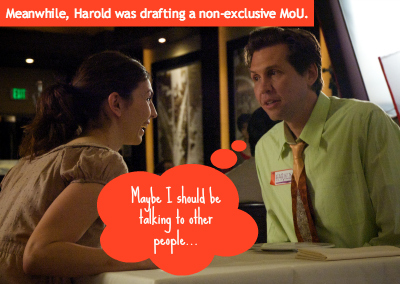 A MoU can be exclusive or non-exclusive. For an exclusive MoU, parties are restrained from entering into similar MoUs with any other entity during the term of that MoU. On the other hand, the document can be drafted on a non-exclusive basis, in which case, the parties are free to enter into discussions with other entities dealing with the same subject.
A MoU can be exclusive or non-exclusive. For an exclusive MoU, parties are restrained from entering into similar MoUs with any other entity during the term of that MoU. On the other hand, the document can be drafted on a non-exclusive basis, in which case, the parties are free to enter into discussions with other entities dealing with the same subject.
If you are apprehensive that your competitors may also approach Apples Pte, start negotiations with them, and thus harm your deal, you can enter into a MoU on an exclusive basis. This would mean that during the term of the MoU, Apples Pte is barred from negotiating with any other party.
Confidentiality
During negotiations of this nature, to understand the nature of each other’s businesses and the general condition of the company, parties exchange a lot of information, much of which is proprietary in nature. Obviously, no party will invest without having complete information about the investee company. In order to ensure that this information is not leaked to your competitors or the public in general, one very important clause that must be included in every MoU is a comprehensive confidentiality clause. Always insist on a clause that states that all information exchanged between the parties is to be treated as confidential and must never be disclosed to the public.
These are just few of the important clauses that you will see in every MoU. Remember always, that there is no set format for a MoU. It could be a one-page document or it could run into several pages. Ultimately, at the end of the day, the nature, contents, and form of the MoU will depend upon the nature of the deal and what your clients want.
(Deepa Mookerjee is part of the faculty on myLaw.net.)



